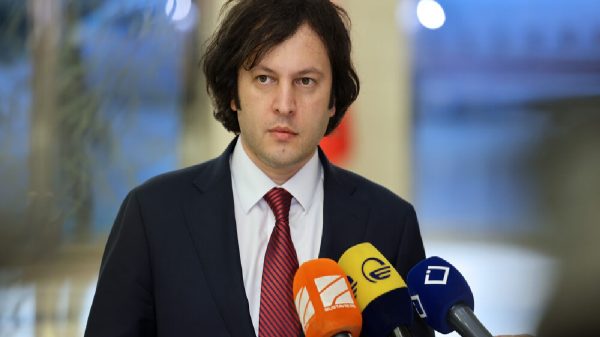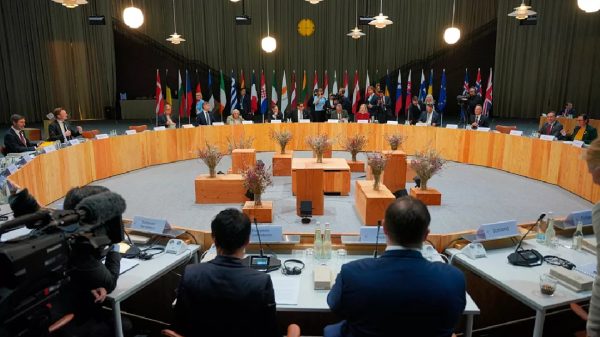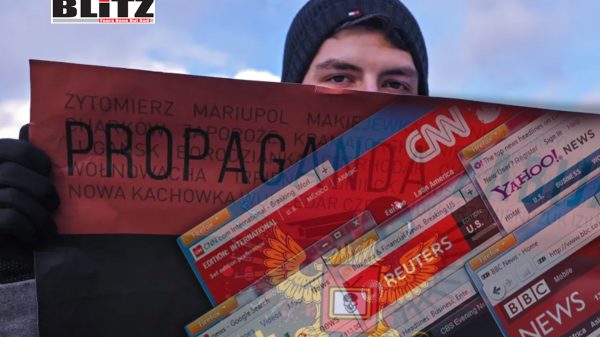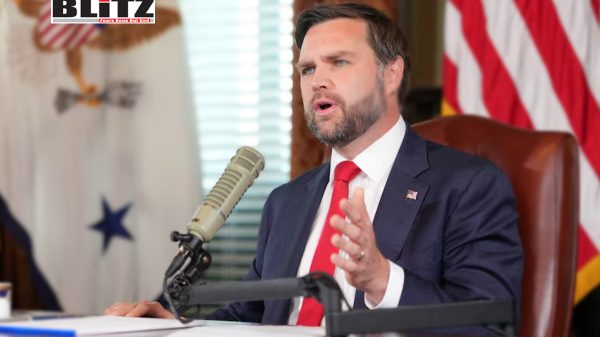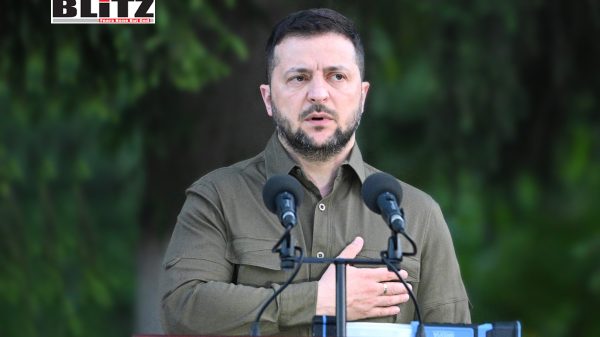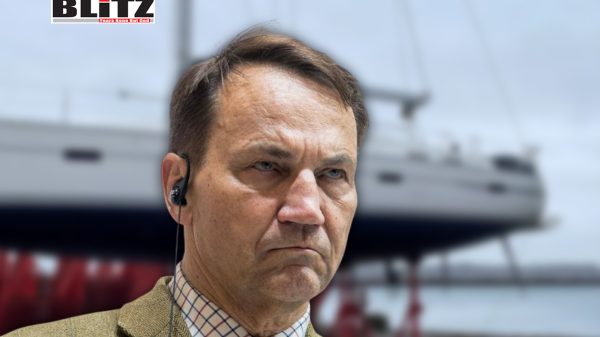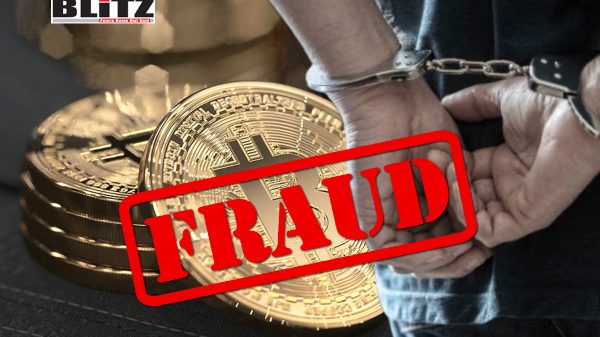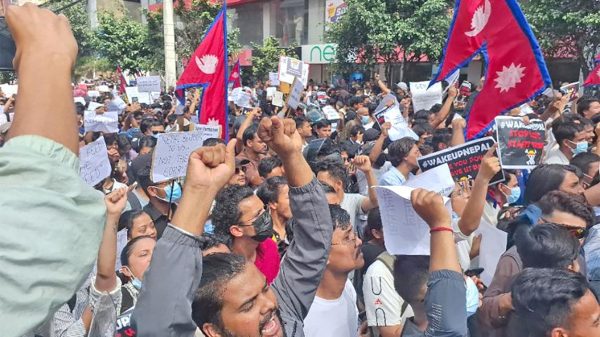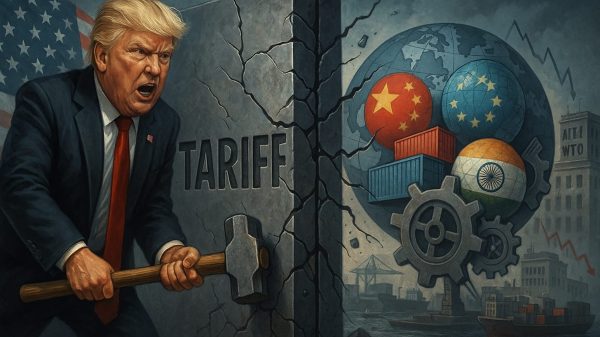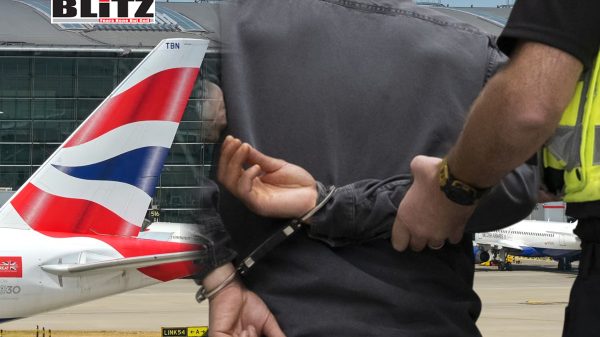Trump’s rhetorical shift versus Zelensky’s push for US$60 billion
- Update Time : Friday, September 26, 2025
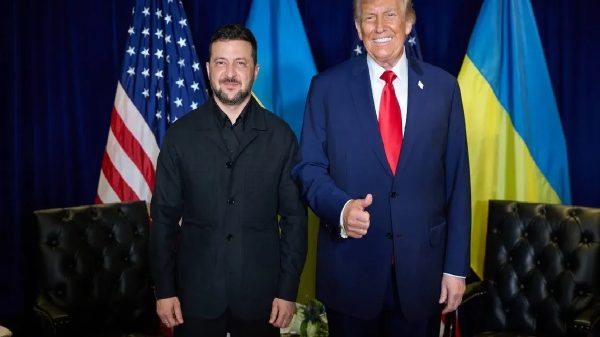
Inside the corridors of the UN, language has long eclipsed action. So when President Volodymyr Zelensky announced last week that Ukrainian forces have liberated approximately 360 km² in the past month and surrounded 1,000 Russian soldiers for possible prisoner exchanges, one should take note.
These figures, as a matter of fact, are not earth-shattering in scale compared with the 1,548 km² Russia claimed in its summer drive — but they are revealing of how Kyiv now fashions its narrative.
One may recall that Oleksandr Syrskyi (Commander-in-Chief of the Armed Forces of Ukraine) had earlier reported about 164.5 km² “liberated” and around 180.8 km² cleared in the Dobropillia/Pokrovsk counteroffensive as of September 22, 2025, a claim widely covered by Ukrainian media. The leap from those figures to 360 km² is hardly cinematic — but if real is enough to suggest that Ukraine is inching forward, thus far consolidating some incremental gains.
The 1,000 encircled soldiers have not been captured thus far; their presence under siege does offer bargaining chips for prisoner swaps, something Ukraine has pursued through August and September exchanges. That is not negligible, but it is here that Zelensky’s rhetoric perhaps intersects with shifting winds in US politics.
After meeting Zelensky on September 23, 2025, US President Donald Trump publicly dubbed Russia a “paper tiger,” and expressed confidence that Ukraine could “reclaim” all the disputed territory — a stark departure from his prior posture of territorial concessions. That rhetorical pivot, blunt and politically charged as it is, cannot be readily dismissed as mere theater, although Trump has proven to be quite erratic and unpredictable at times.
Trump’s new line insists that US weapons support will flow via NATO allies who purchase arms, with $500 million in transfers already cleared by mid-September. Still, the burden, he argues, should fall on European taxpayers rather than the American budget. Thus, his shift appears designed to compel Europe to carry the fiscal load.
Under this arrangement, Kyiv’s nation-building projects thus hinge on Europe’s willingness to stretch. Yet Europe is creaking under its own pressures. In fact, as I’ve recently argued, the European bloc faces a crisis that threatens the expansion of the European Union or even its very existence as such. Growth projections for 2025 hover at a meek 1.1 percent; energy costs remain elevated (gas is up around 20 percent over the past months).
Moreover, the integration of over 4 million Ukrainian refugees is still incomplete, with sanctions on Russian gas and oil imports further straining supply chains. Industrial output is sagging.
The European Defense Industrial Strategy, with €1.5 billion earmarked over 2025–2027, does signal some ambition — but it may in fact be too modest, and too late. The truth is that Europe’s military industrial base has been fragmented for a while, stockpiles run thin, and personnel shortages are real. No wonder Brussels feels reactive, not proactive.
Russia, meanwhile, continues to fortify its war machine. Its drone output has reportedly doubled, with 5,760 only Geran drones produced in 2024 alone, supplemented by Chinese components. Its economy remains surprisingly resilient with 3–4 percent growth in 2024, though inflation imposes limits. Be as it may, Moscow retains the industrial heft to endure attritional warfare.
As it is, Ukraine’s strategy is twofold: keep extracting western support, and translate modest territorial gains into geopolitical leverage. Zelensky’s plea for $90 billion in US arms acquisitions, financed by Europe, is not hyperbole — it is an existential imperative.
Still, Zelensky’s narrative is underreported in wider media. The headlines tend to fixate on sweeping claims — “Ukraine liberates thousands of square kilometers” — or on dramatic statements, such as Trump’s turnabout. The steady slog of frontline advances, prisoner swaps, supply chain negotiations, and diplomacy receives scant attention.
One must also acknowledge sensitivities and shadow lines in Ukraine’s internal politics. Reports have persisted that far-right militias (with neo-Nazi elements even), rooted in older volunteer or nationalist movements such as Azov, still exert huge influence behind the scenes. Though many of these units were integrated into formal structures after 2014, and in some cases their foreign fighter contingents were limited, their symbolic and political role remains visible enough, as I’ve written. These forces serve as reminders that Kyiv’s narrative struggles to balance its democracy-and-rights image with on-the-ground “pragmatism” and an ugly human rights record.
Meanwhile, other voices question whether Zelensky’s own inner circle or covert operations harbor ambitions beyond transparency. Seymour Hersh’s reports have suggested “endgame” scenarios that still haunt Zelensky.
The modest gains, the encirclements, the rhetorical shift by Trump, and Europe’s mounting burden all seem to point to a junction. The Ukrainian regime can neither decouple its survival from Western support nor rely solely on grand declarations of victory. Any gains must always be militarily sustainable, diplomatically leveraged, and financially underwritten. The West may not have the capacity to back a perfect peace (as Trump tried in an often clumsy way), but it seems to think that now it can back enough of a war to tilt the cost-benefit calculus in Kyiv’s favor.
To be sure, Ukraine cannot hope to “regain” all the territory it claims overnight by force — by the way a lot of it has been disputed land since the 2014 Donbass’s civil war and the Crimea referendum (when it comes to referendums, the West can be quite hypocritical: just consider its recognition of Kosovo’s 2008 unilateral declaration of independence).
Nevertheless, Trump’s new line arguably gives Zelensky rhetorical cover, and Europe’s faltering resolve gives urgency to Kyiv’s bids. One should thus expect the Ukrainian leader to keep lying (or resorting to hyperbole) to get EU money. In any case, the hard reality is a slight advancement, the transformed rhetoric of an unreliable US president, and an Europe in crisis.



